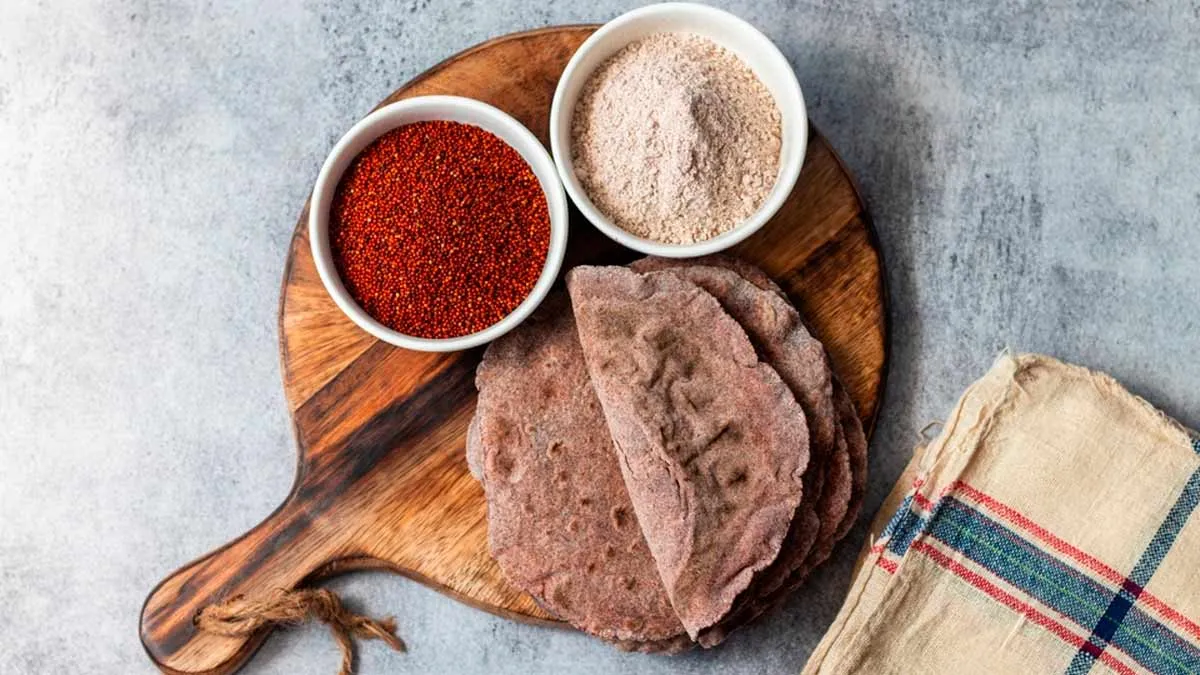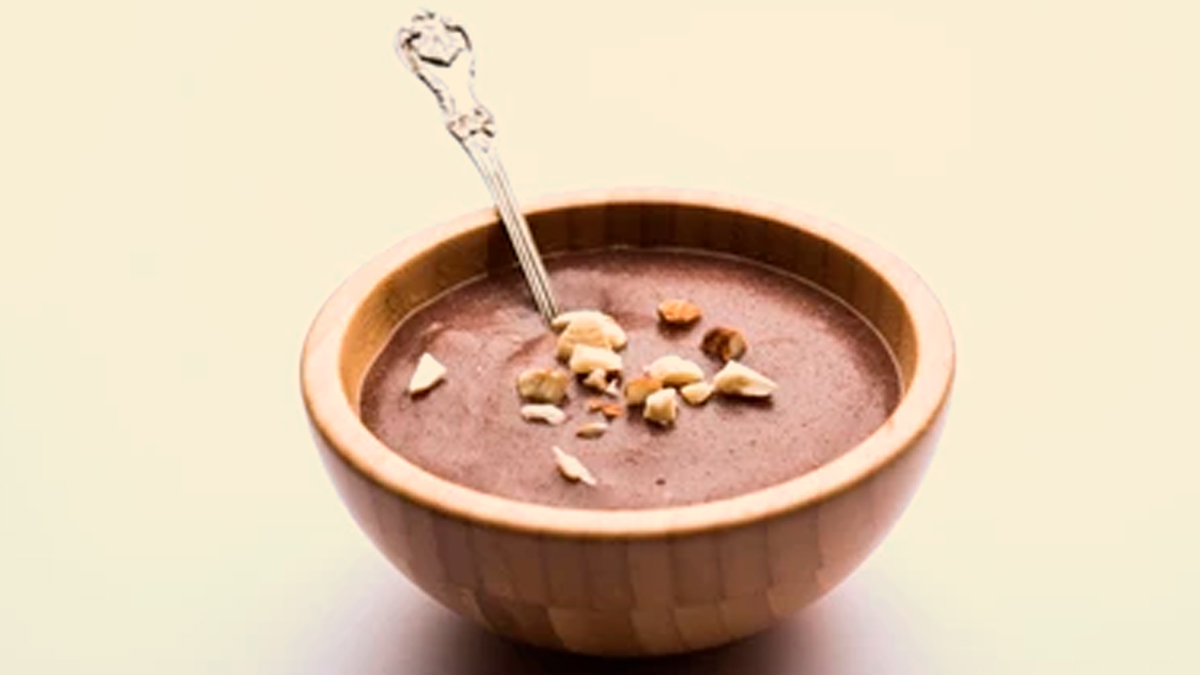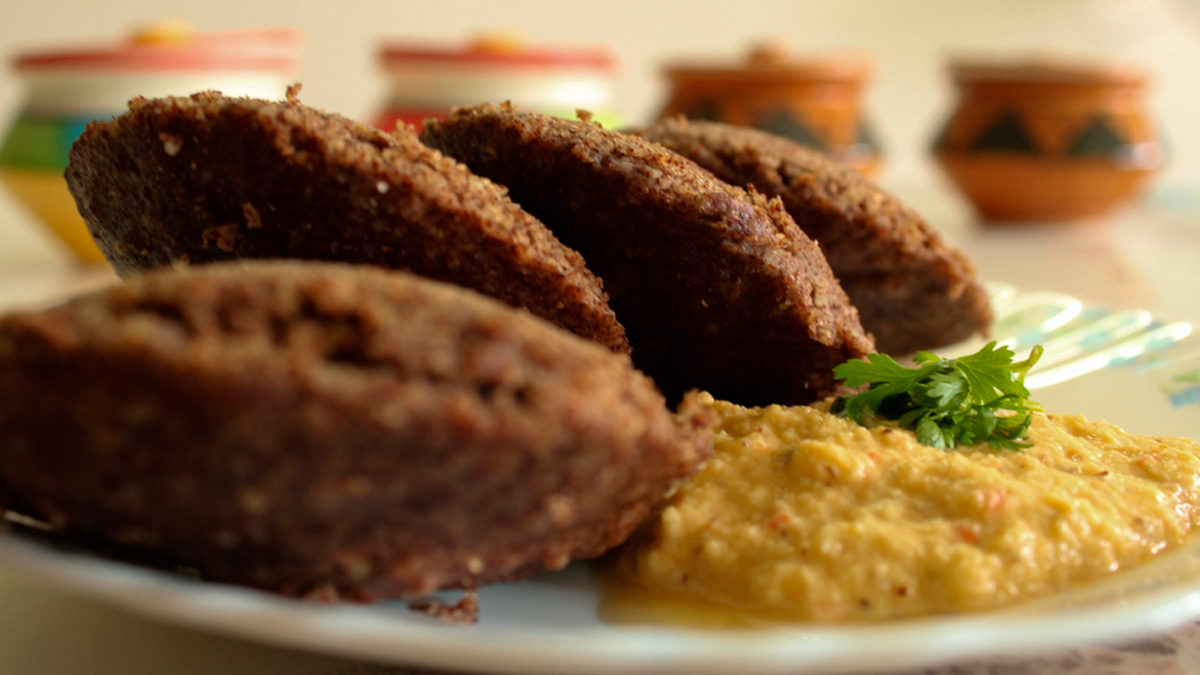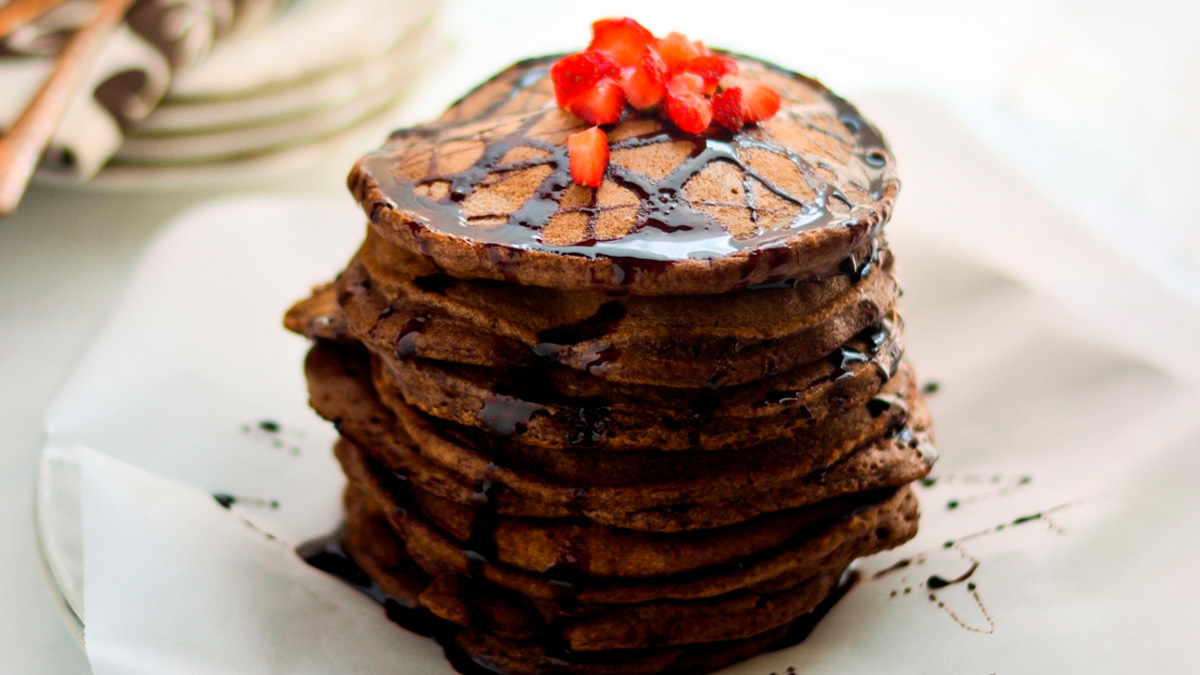
Winter is here, and it is time to stock up your pantry with wholesome ingredients that not only provide comfort but also boost immunity and overall health. Among the top winter food essentials is ragi, or finger millet, a superfood known for its rich nutrient profile and health benefits.
Table of Content:-
For those looking to include ragi in their winter meals, this grain can be transformed into a variety of delicious and nutritious dishes. From warm porridges to soft rotis, ragi offers endless options to suit your taste. Explore these recipes and also ragi's health benefits in this article.
Also Read: Ragi, Jowar, Or Wheat: A Dietician’s Guide To Choosing The Healthiest Roti
Healthy Ragi Recipes For Winter

Ragi Porridge (Sweet or Savoury)
Ragi porridge is a great breakfast option to start your day with. If you like it sweet, cook ragi flour with water or milk, add jaggery, a pinch of cardamom, and top with nuts. For the savoury version, temper with mustard seeds, curry leaves, green chillies, and salt.
Ragi Dosa
If you like South Indian dishes, you can make ragi dosa, which is not only delicious but also nutritious. To prepare it, mix ragi flour with rice flour, yoghurt, and water to form a batter. Add finely chopped onions, green chillies, and coriander. Cook on a hot pan and serve with coconut chutney or sambar.
Ragi Mudde

Another South Indian household staple is ragi mudde, which is made by boiling ragi flour with water until it forms a dough. Shape into balls and pair with sambar, rasam, or spicy curry for a hearty meal.
Ragi Halwa
If you’re looking for some ragi sweet dish options, ragi halwa is a classic. It is a winter-special dessert prepared by roasting ragi flour in ghee, then cooking it with water, jaggery, and cardamom. Garnish with toasted nuts and enjoy the warm, nutty flavours.
Ragi Ladoo

A quick snack to boost your energy and tend to your sweet cravings, ragi ladoos are made by mixing roasted ragi flour with jaggery, ghee, and powdered nuts or sesame seeds. Roll them into bite-sized balls for a nutritious treat.
Also Read: Try Chef Maria Goretti’s Ragi Pancakes Recipe For A Healthy Breakfast; Unmissable Benefits Of Ragi
Health Benefits Of Ragi

Strengthens bones
Ragi is an excellent source of calcium, crucial for bone health and preventing conditions like osteoporosis. A 2021 systematic review published in the journal Sustainability suggested that ragi contains three times more calcium than milk and has consistent calcium content across varieties. Research shows that a finger millet-based diet provides 23.4% calcium retention in children aged 9-12 years, supporting bone development during growth. For adults, particularly peri- and post-menopausal women, finger millet consumption reduced calcium loss from bones by up to 47%, although it did not significantly affect bone formation.
Weight management
Having ragi can be beneficial for people looking to lose and manage their weight. It is high in fibre content, has a low Glycaemic Index (GI), and contains polyphenols, which contribute to a feeling of fullness, reduced calorie intake, and help in blood sugar regulation. Research also indicates that ragi's polyphenols may have anti-obesity properties.
Improves digestion
Ragi's high fibre content helps with digestion, regulates bowel movements, and prevents constipation. It also supports a healthy gut environment, and since it is gentle on the stomach, it is beneficial for people with digestive issues.
According to research published in the Advances in Food and Nutrition Research, ragi also possesses anti-ulcerative properties and aids in wound healing. Although detailed human trials are limited, animal studies and preliminary research suggest ragi supports gut health and digestion. Its versatility in foods like noodles, soups, and baked goods makes it a practical and nutritious choice for improving digestive well-being.
Gluten-free
Ragi is a naturally gluten-free grain, which is a great dietary choice for people with gluten intolerance or coeliac disease. Gluten, a protein found in grains like wheat, barley, and rye, can trigger reactions in people with coeliac disease, leading to digestive issues such as bloating, diarrhoea, and abdominal pain. For those with gluten sensitivity or allergies, ragi provides a safe and nutritious alternative. Unlike gluten products, ragi offers a rich source of essential nutrients like calcium, fibre, and iron. In addition, ragi's versatility also allows it to be incorporated into various recipes, such as rotis, porridges, and baked goods.
High in antioxidants
Ragi is a powerhouse of antioxidants, including phenolic acids, flavonoids, and tannins, which help fight free radicals and reduce oxidative stress in the body. These antioxidants are known to protect cells from damage caused by oxidative stress, a key factor linked to ageing and the development of chronic diseases like cancer, heart disease, and diabetes. Therefore, its rich nutrient profile supports ragi's reputation as a functional superfood in promoting longevity and disease prevention.
Conclusion
Ragi is a winter superfood that not only has a rich nutrient profile but is also versatile. From strengthening bones and aiding digestion to managing weight and being a gluten-free alternative, ragi supports overall well-being for people of all ages. Whether you enjoy it as a warm porridge, a savoury dosa, or a sweet halwa, ragi can be easily incorporated into your daily diet. So make this grain a part of your winter meals with ease.
Also watch this video
How we keep this article up to date:
We work with experts and keep a close eye on the latest in health and wellness. Whenever there is a new research or helpful information, we update our articles with accurate and useful advice.
Current Version